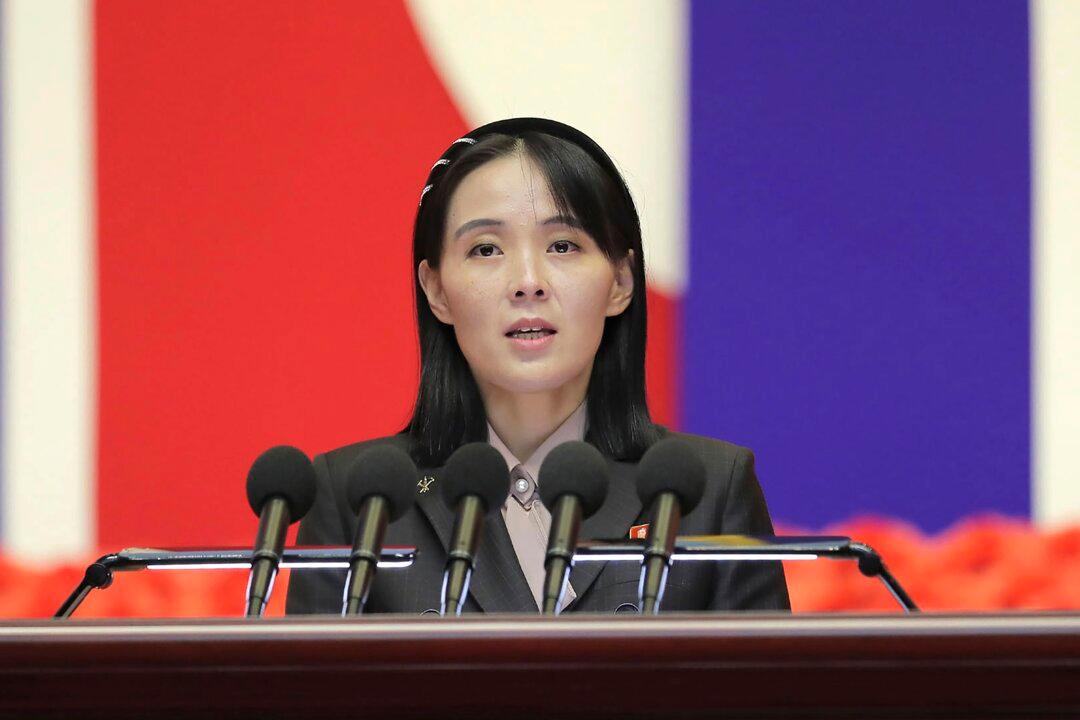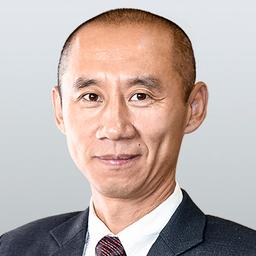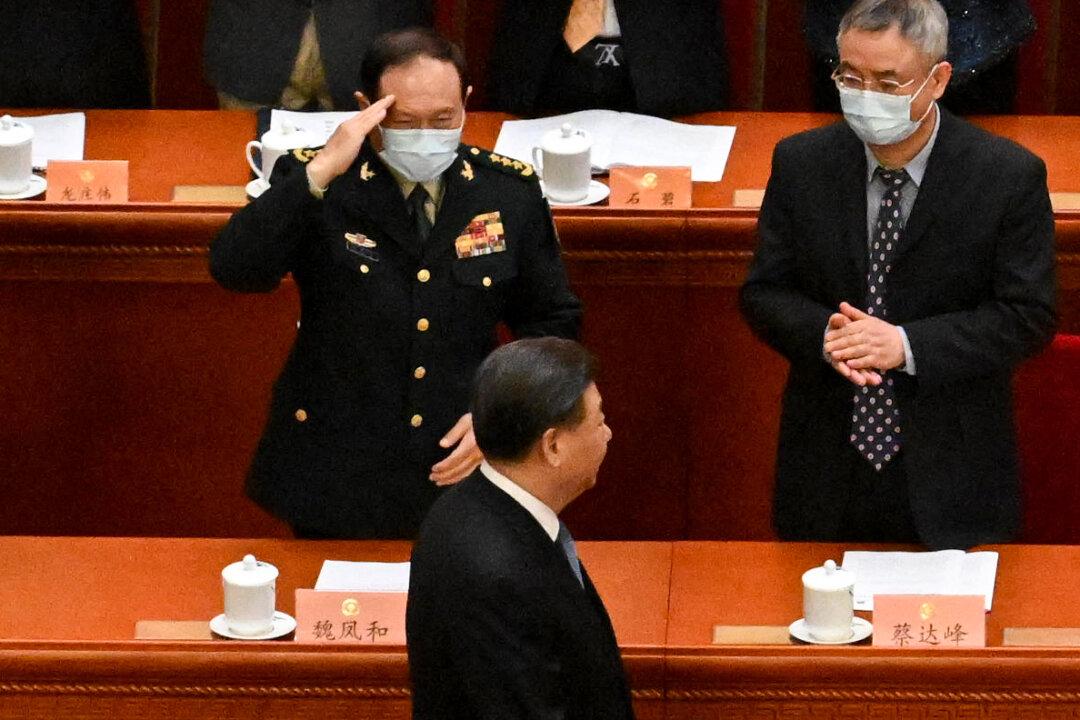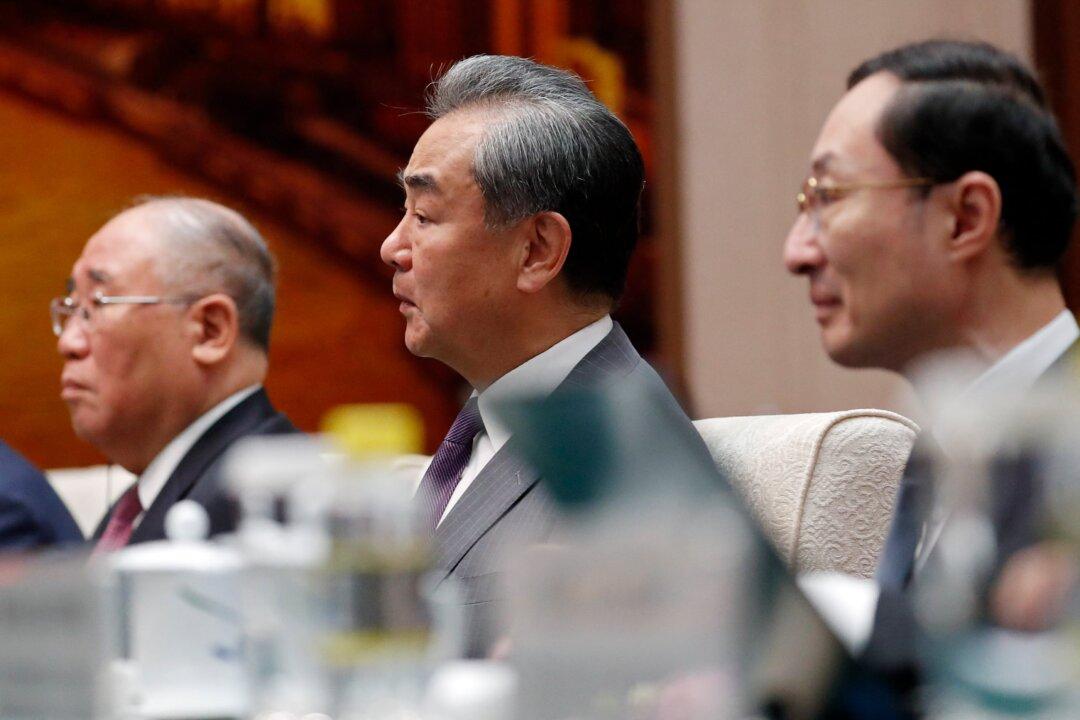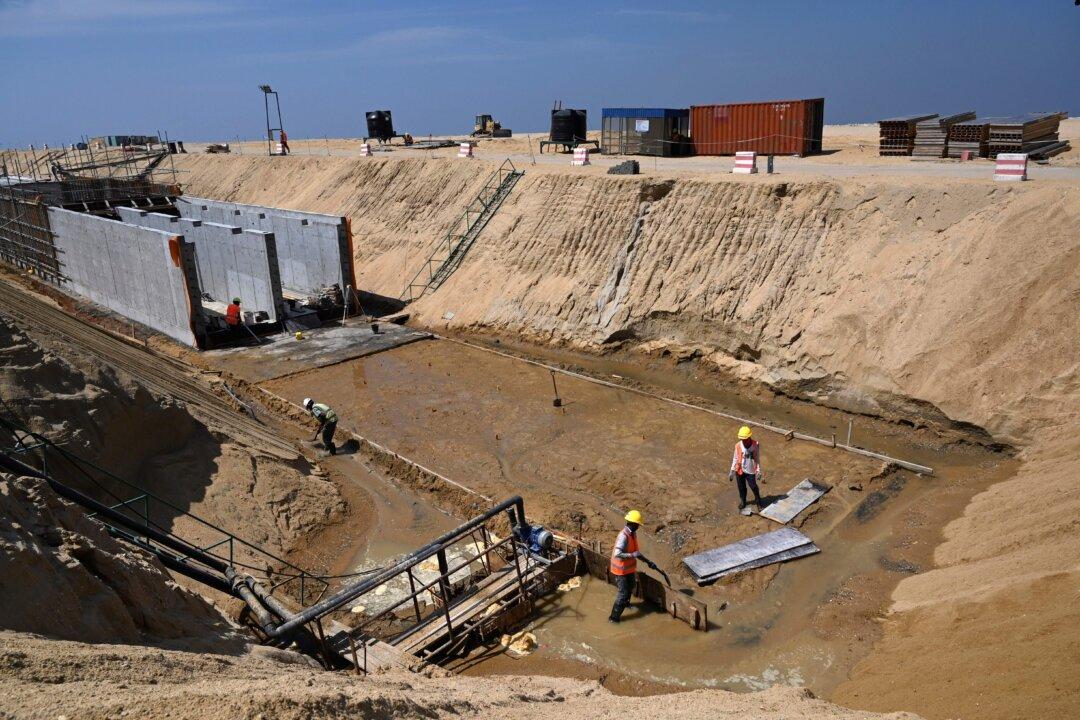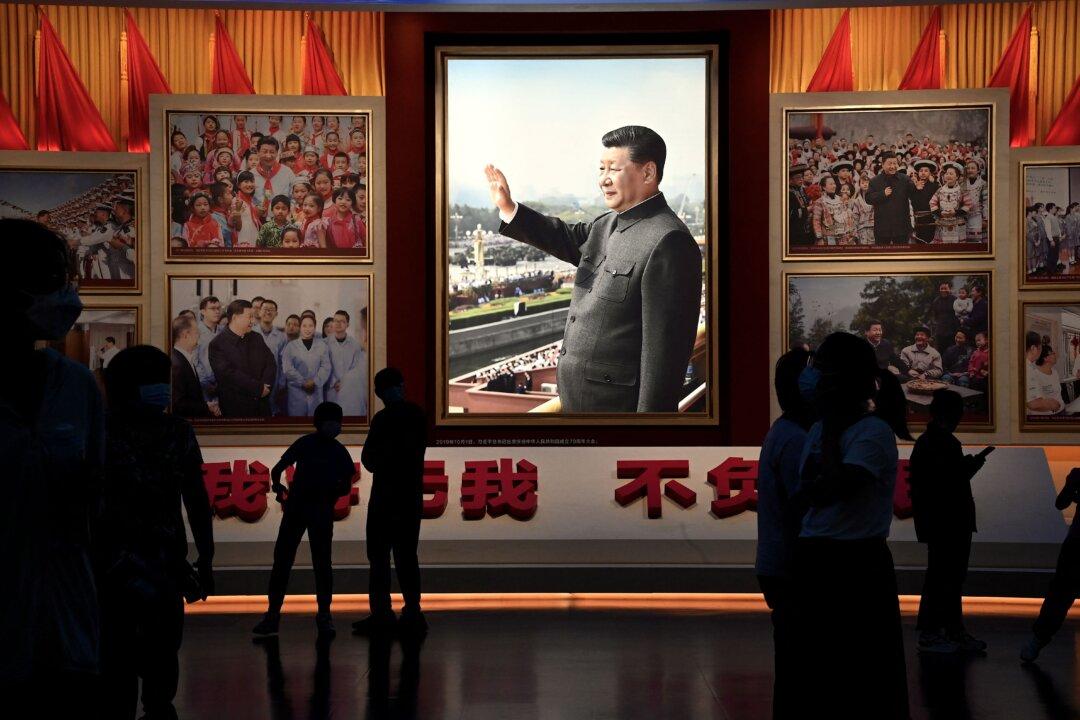North Korea’s enigmatic Kim dynasty, a regime shrouded in mystery, has held power for three generations. Its leaders have been venerated as the “Sun of mankind” and the “Guardian of the Earth” through a carefully orchestrated system of indoctrination.
However, in this male-dominated regime, a woman is steadily gaining prominence, recognized by several national intelligence agencies as a possible successor to Kim Jong Un. This rising figure is none other than Kim Jong Un’s sister, Kim Yo Jong, who presently serves as the Deputy Department Director of the Publicity and Information Department of the Workers’ Party of Korea (WPK).
